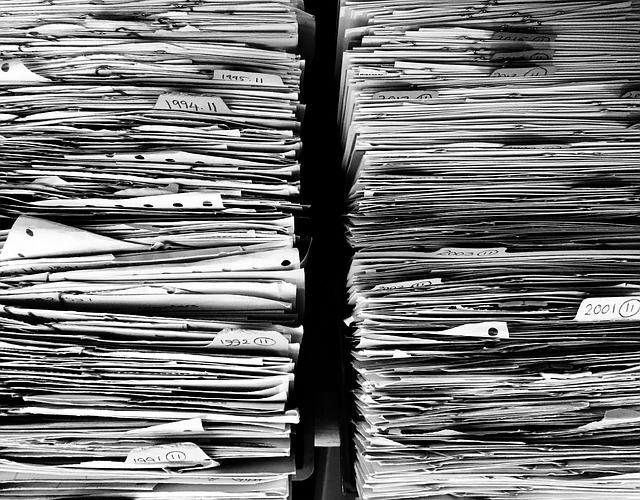Blockchain could help provide a secure infrastructure for the deployment of digital identities – making it easier than ever for NGOs, nonprofits and businesses to provide underserved people with access to crucial services.
What’s the issue?
According to the World Bank, an estimated 1.1 billion people around the world do not have a legally recognised identity. The majority live in underserved regions of Asia and Africa, more than a third are unregistered children and most affected are marginalised groups – women and children, indigenous people and ethnic, linguistic or sexual minorities. Among them are a number of the world’s over 25 million refugees, many of whom will have fled their homes leaving proof of identification, assets and qualifications behind.
Without a verifiable form of identification, people can have problems accessing crucial social, legal and financial services, such as healthcare, voting, education and banking – they’re socially, financially and legally excluded, deprived of basic protections and rights. And without accurate population data, organisations are challenged to efficiently deliver basic human services and ensure that development aid gets where it needs to go. Understanding that an identity is crucial for social and economic inclusion and sustainable development, the UN’s Sustainable Development Goals (SDGs) set a target of providing legal identity for all by 2030.
“Digital identification can play an important role in achieving the sustainable development goals. It can enable the world’s poorest and most vulnerable people to gain access to critical services, from education to healthcare and financing, while also advancing their legal and political rights.” – UN Deputy-Secretary-General Amina Mohammed.
What’s the solution?
There is no one-fix solution to this issue, but it’s thought that as the world becomes more connected and new digital technologies emerge, both developments could be leveraged to enable new methods of registration and facilitate a new kind of interaction between organisations, individuals and their data – in a way that side-steps conventional, paper-based, government-authorised proofs of identity.
A large number of projects have been launched recently – including partnerships between NGOs, private sector organisations and think tanks, such as the UN’s ID2020 alliance and the World Bank’s ID4D platform, both launched in 2017 – to work on developing digital ID systems for social inclusion.
Solutions that use blockchain (or DLT) are particularly interesting here for a couple of reasons. Because they are distributed systems that don’t rely on central entities to process, store or verify them, digital identity applications built on the technology are able to work independently of traditional third-party intermediaries, such as governments or banks, opening up new opportunities for people who do not possess the conventional ID required by such institutions. Additionally, because DLTs offer an incredibly secure system of recording transactions, they offer individuals a secure method of establishing and building up an identity over time, based on their various interactions with different organisations.
Just a few examples of blockchain-based digital identity projects include:
MONI: How Finland is Using Blockchain to Revolutionise Financial Services for Refugees
Aid:Tech Distributes Digital Identities and Donations With the Help of Blockchain
Aid:Tech has developed a range of blockchain-based solutions that use digital identities as a gateway to other goods and services, from aid to healthcare provision. Aid:Tech provides end-users with digital identities that allow them to quickly and efficiently send or receive different resources, as well as making it possible for them to be tracked all the way to their final destination. Aid:Tech has also worked in Tanzania using its blockchain tech to track the provision of healthcare services to pregnant women.
A blockchain-for-good platform and app that combines cryptocurrency, visual simplicity and biometric ID to connect the 2 billion unbanked people to the global economy. Users are provided access to an alternative financial system based on Humaniq’s own cryptocurrency, and are identified using biometric, voice and location technologies instead – meaning no need for signatures or government-issued IDs.
And the drawbacks?
Applications that handle people’s personal information obviously throw up important questions about security and data privacy. The individual applications will have to ensure they protect their users’ sensitive data – from theft, loss, misuse or access by unauthorised people.
Some critics are concerned that blockchain technology is simply too young for it to be “experimented” with on such vulnerable groups and that combining digital identities on the blockchain with biometric information could become a new way for states and corporations to keep tabs on people’s digital lives, perhaps even, in a worst case scenario, even endangering minority populations.
Another much heard criticism is that in many applications, blockchain tech and DLT are simply unnecessary, and that existing technologies – such as centralised databases – are a perfectly workable solution, as well as being more scalable.
Also important to note is that the value of a user-controlled ID is limited by the extent to which other organisations and authorities agree to accept it. If the government bodies, companies and organisations that the underserved depend on aren’t willing to cooperate, the blockchain-based ID is of little use.
Only time will tell whether the technology will be used to develop solutions that are secure, practical and scalable enough to have real impact among those who need it most.
To read all of the interviews, case studies and background articles in RESET’s Blockchain Special, click here.





